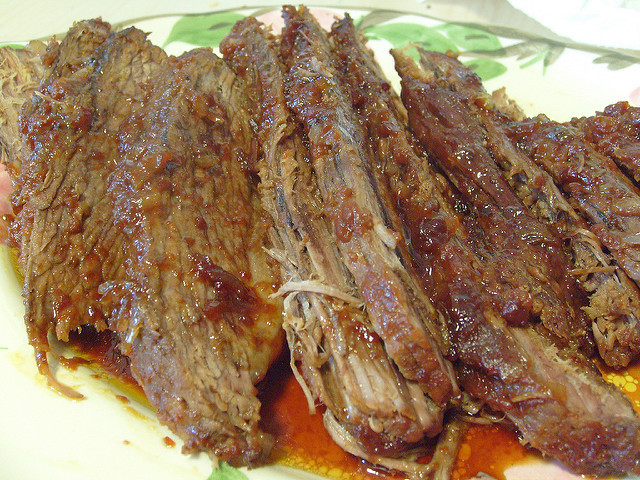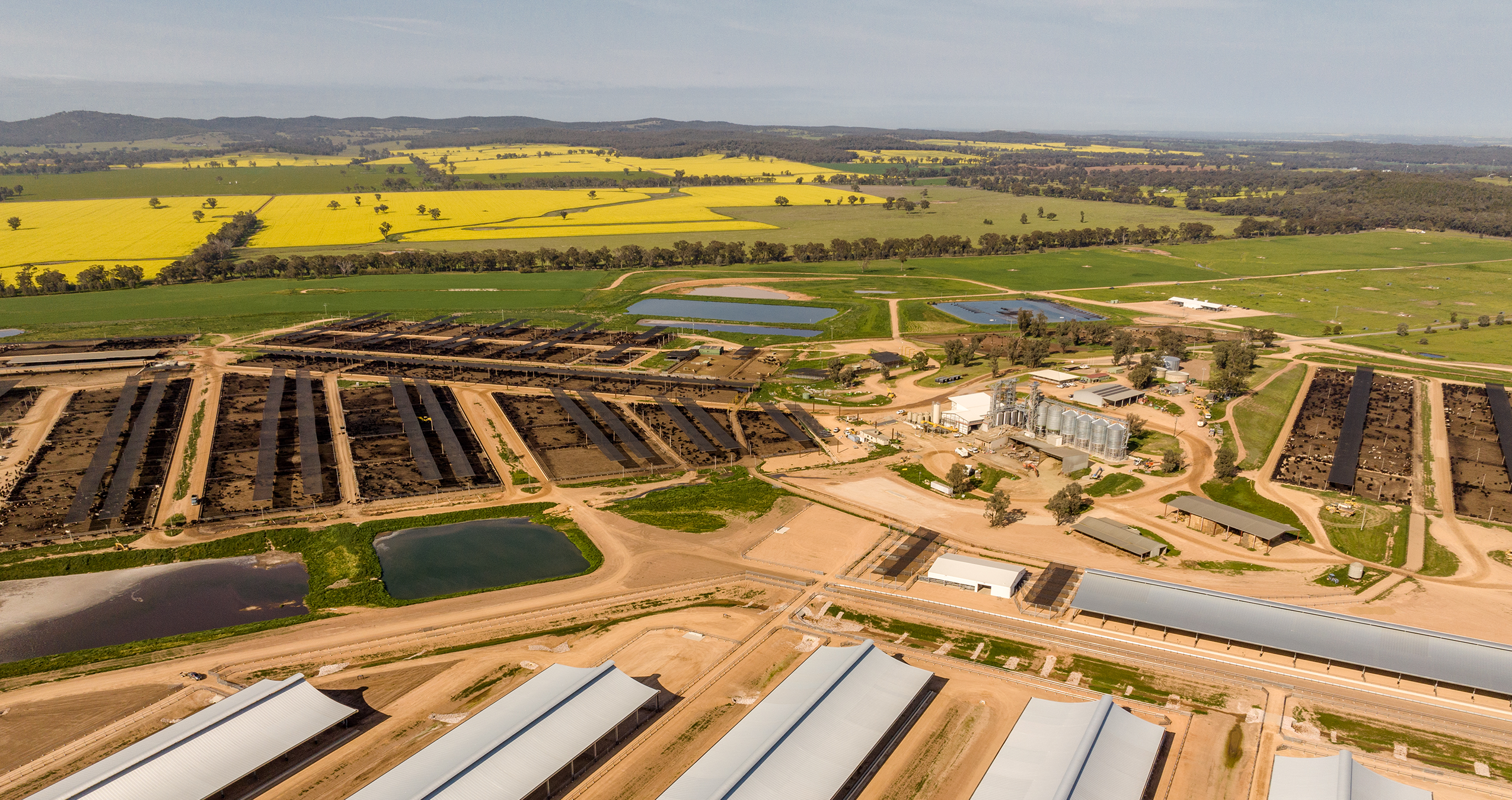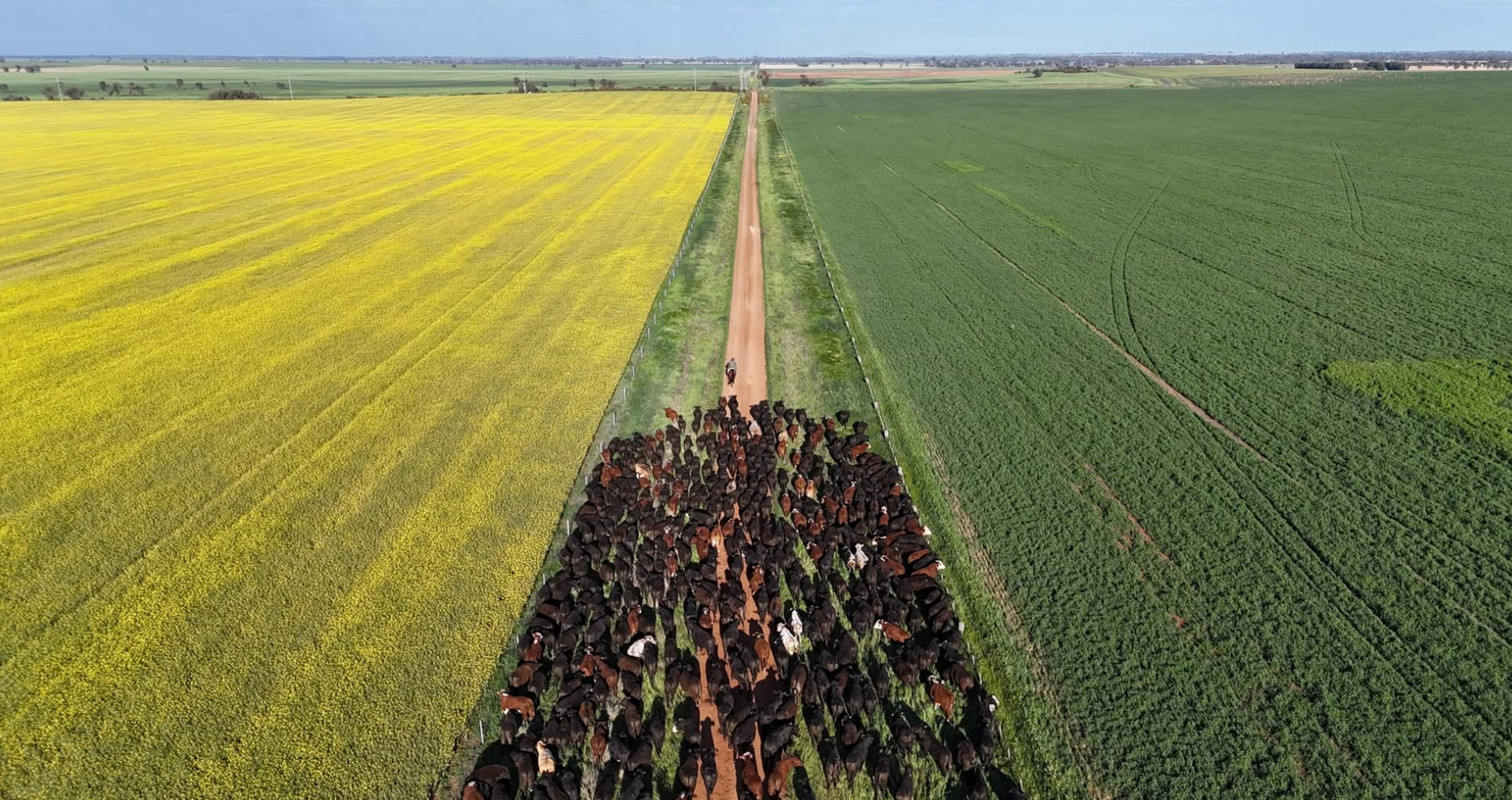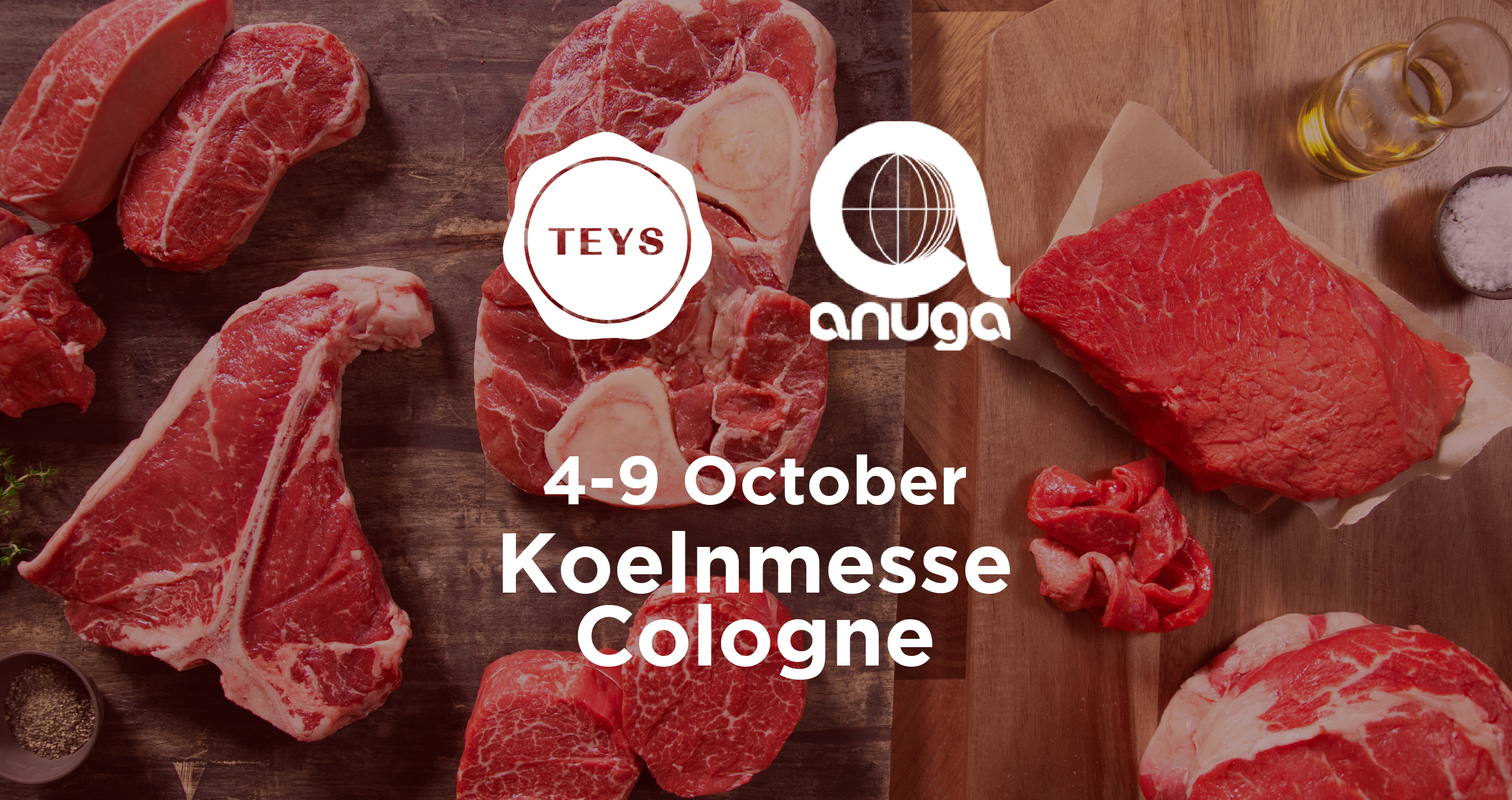
What is Beef Brisket?
Brisket is a well-exercised muscle in the breast section of the cow. Brisket has a lot of connective tissue, which means it can be a bit chewy if it’s not cooked ‘low and slow’.
Brisket is best suited for cooking methods like braising, casseroling and smoking. Brisket is also perfect for shredding, as it literally pulls apart when cooked.
Choosing Brisket
Fresh brisket is inexpensive. The cut is quite long and is usually cut in half. Each half has a different name – the Navel End and the Point End. Which cut should you choose?
The Navel End is more of a square shape and will slice up more neatly. The Point End is ideal for making rich and satisfying stews and braises. The fattiness of the Point End also makes for flavoursome and juicy smoked beef. You can also purchase a whole brisket, which is perfect if you need to feed the masses (whole briskets can weigh up to 9 kilos!).
Cooking Brisket
Whether braised, brined, smoked, roasted or grilled, brisket needs low and slow cooking. A smoked brisket, Texas style, is rendered soft, tender and delicious after 8-12 hours of cooking at about 110ºC. Braised brisket requires cooking for at least 3 hours, to allow the collagen fibres (in the connective tissue) to break down. Find out more about different methods of cooking brisket.
Brisket Worldwide
Brisket is the main ingredient in a number of dishes worldwide, like Romanian pastrami, Italian bollito misto, British braised beef/pot roast, Vietnamese beef Pho and curried noodles in Hong Kong. Brisket has also made a particular name for itself in Texas, where it is BBQed and smoked to great avail (see how to make Texas-style smoked brisket to make your own!).
Want more information about beef brisket? Check out this rolled brisket pot roast recipe. You can also find out more about the history of beef brisket here.
 Return to News
Return to News

















